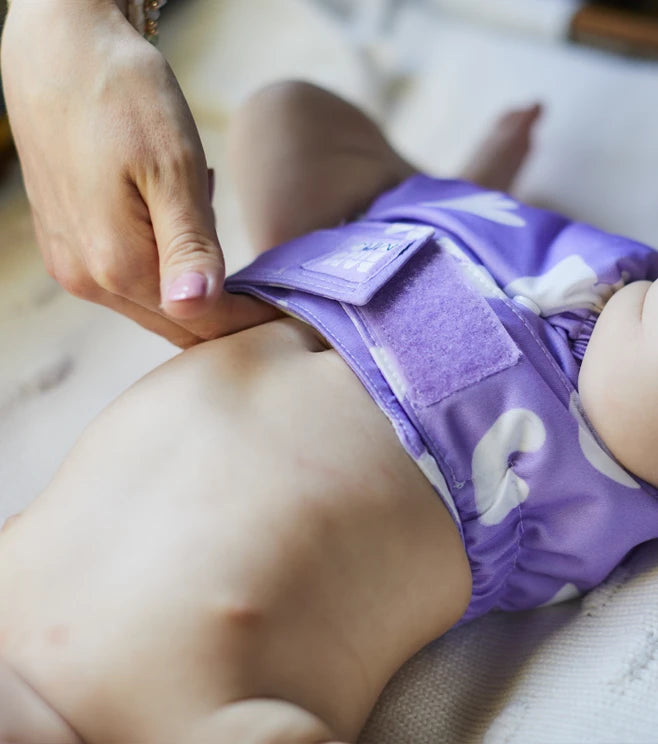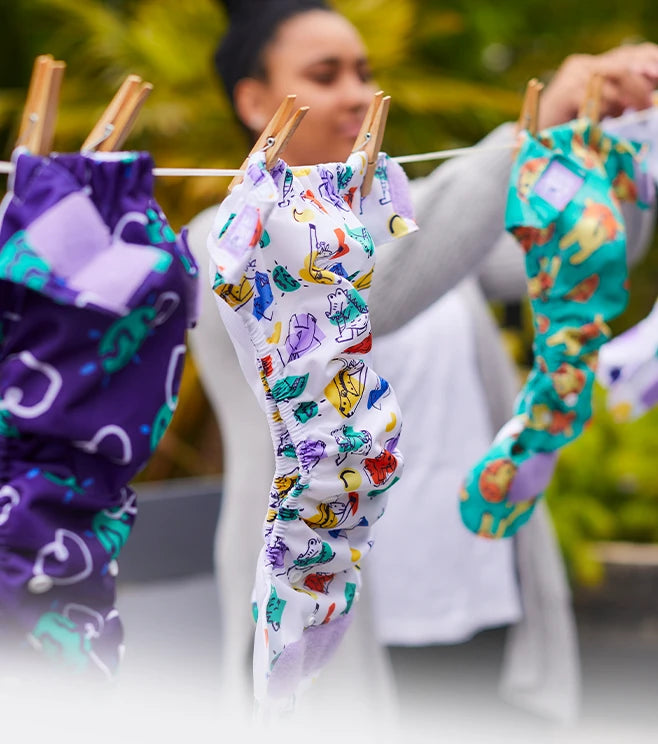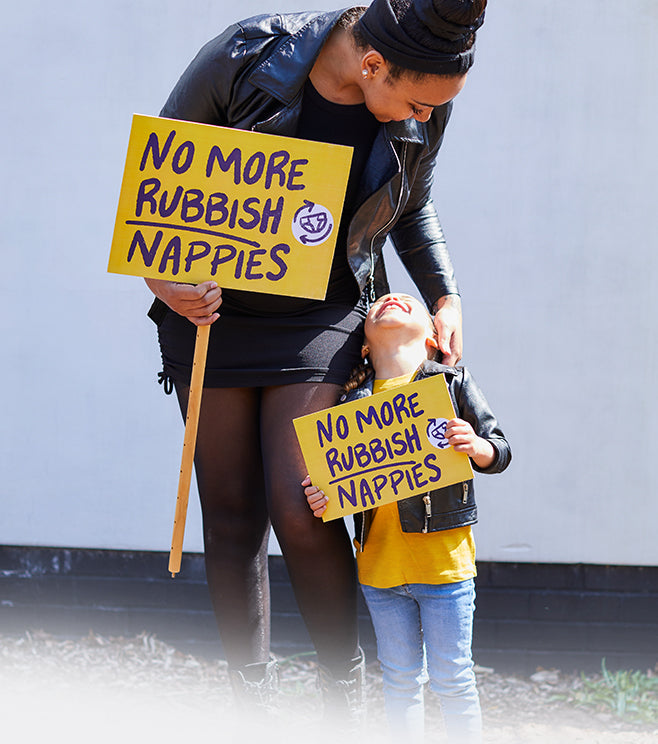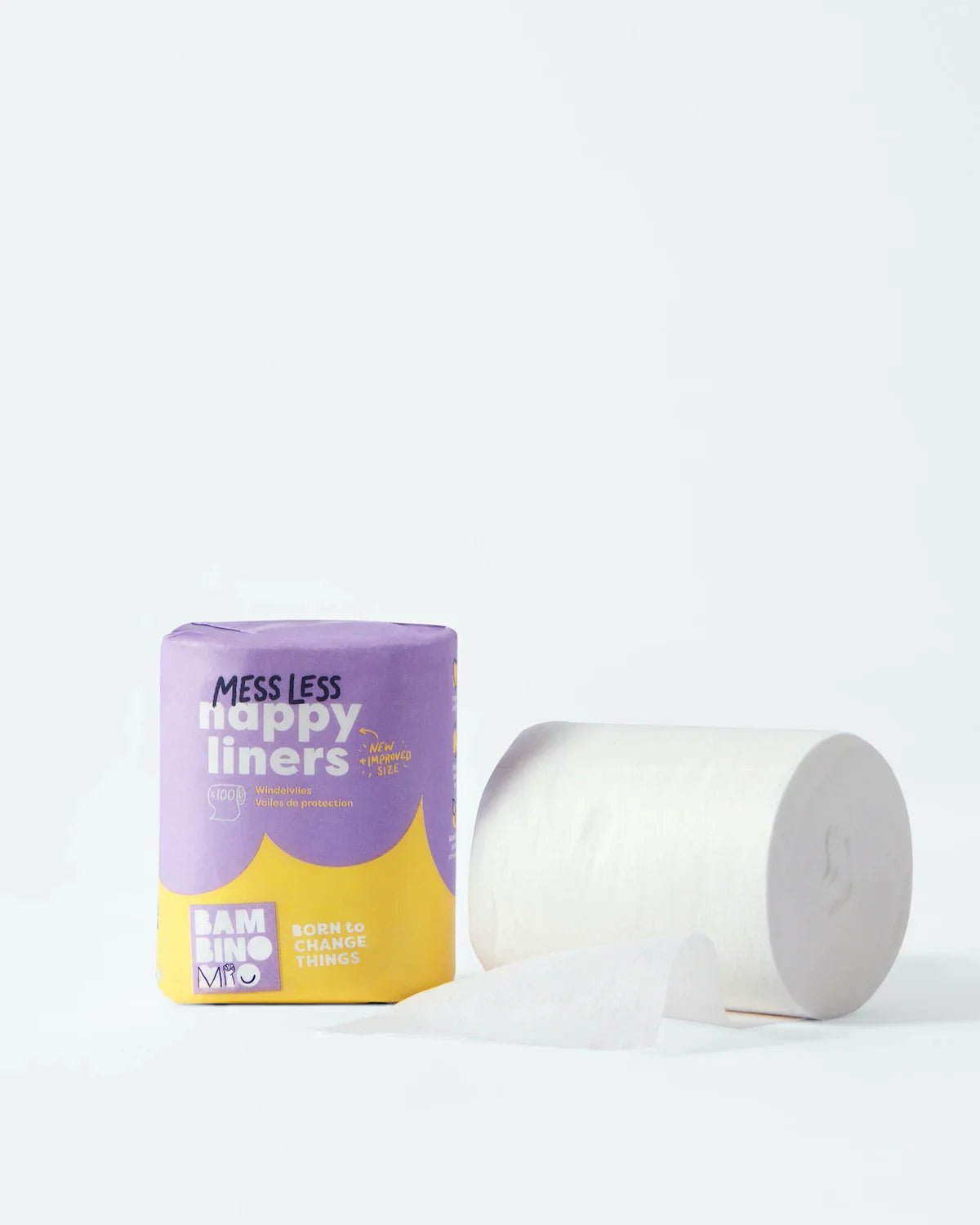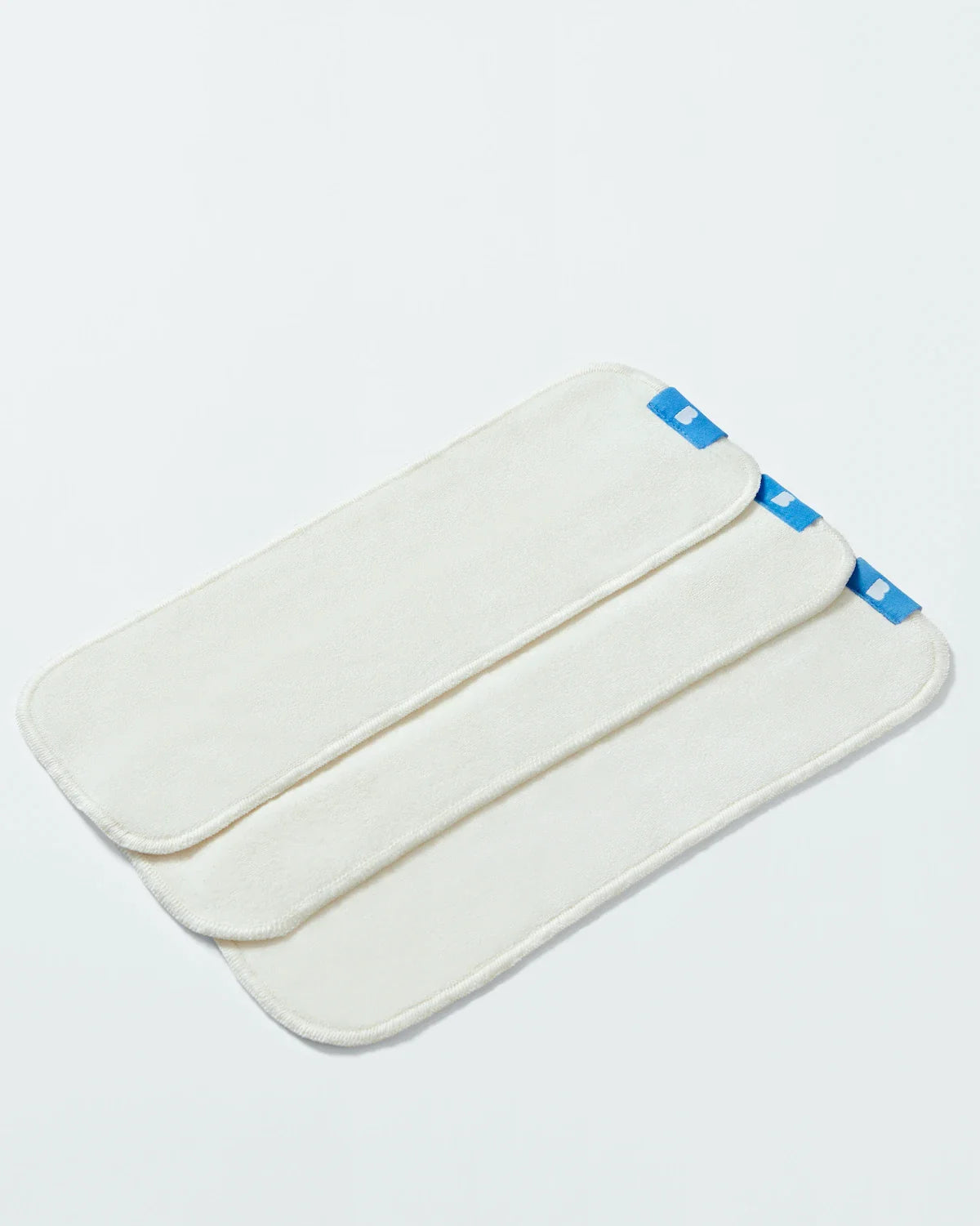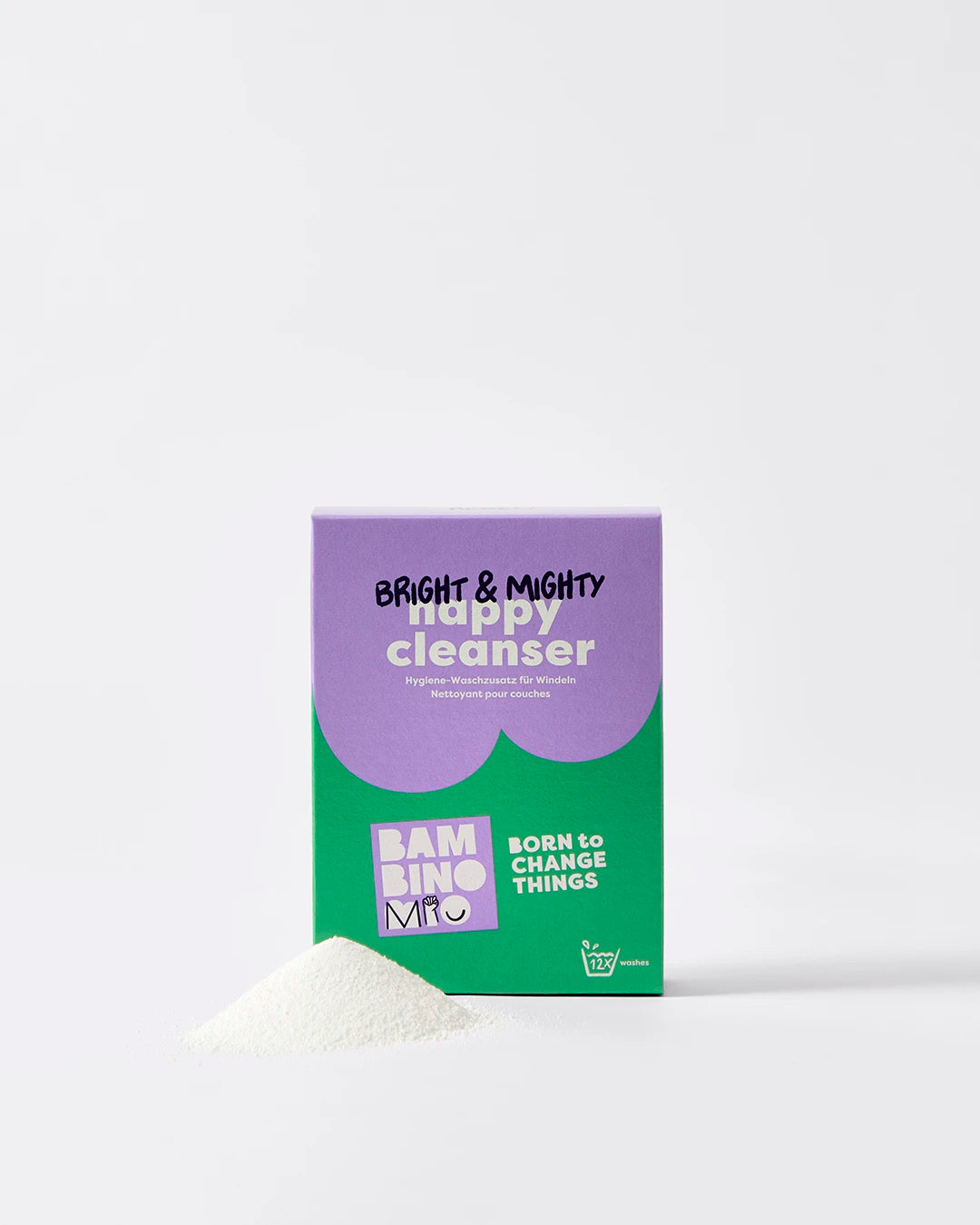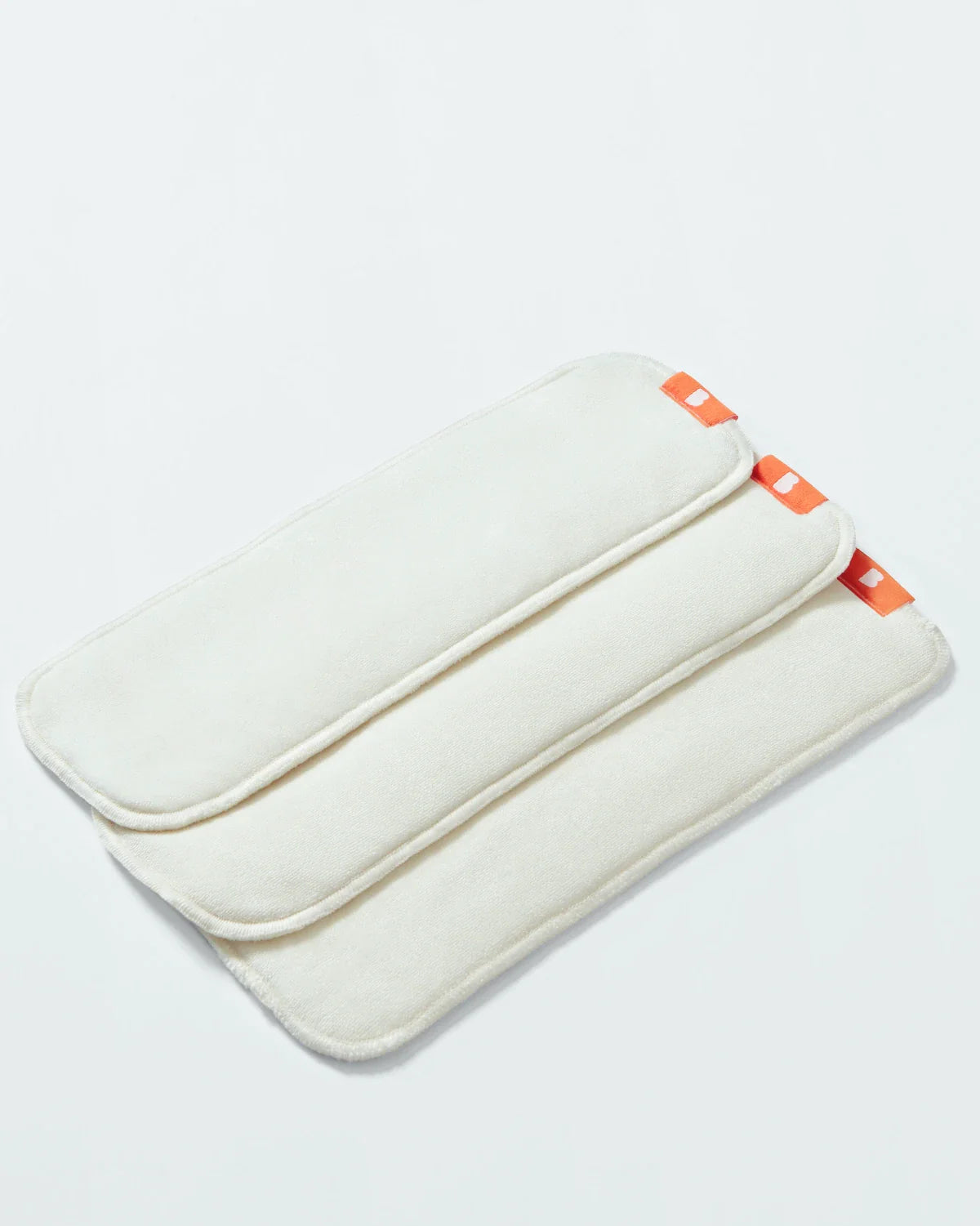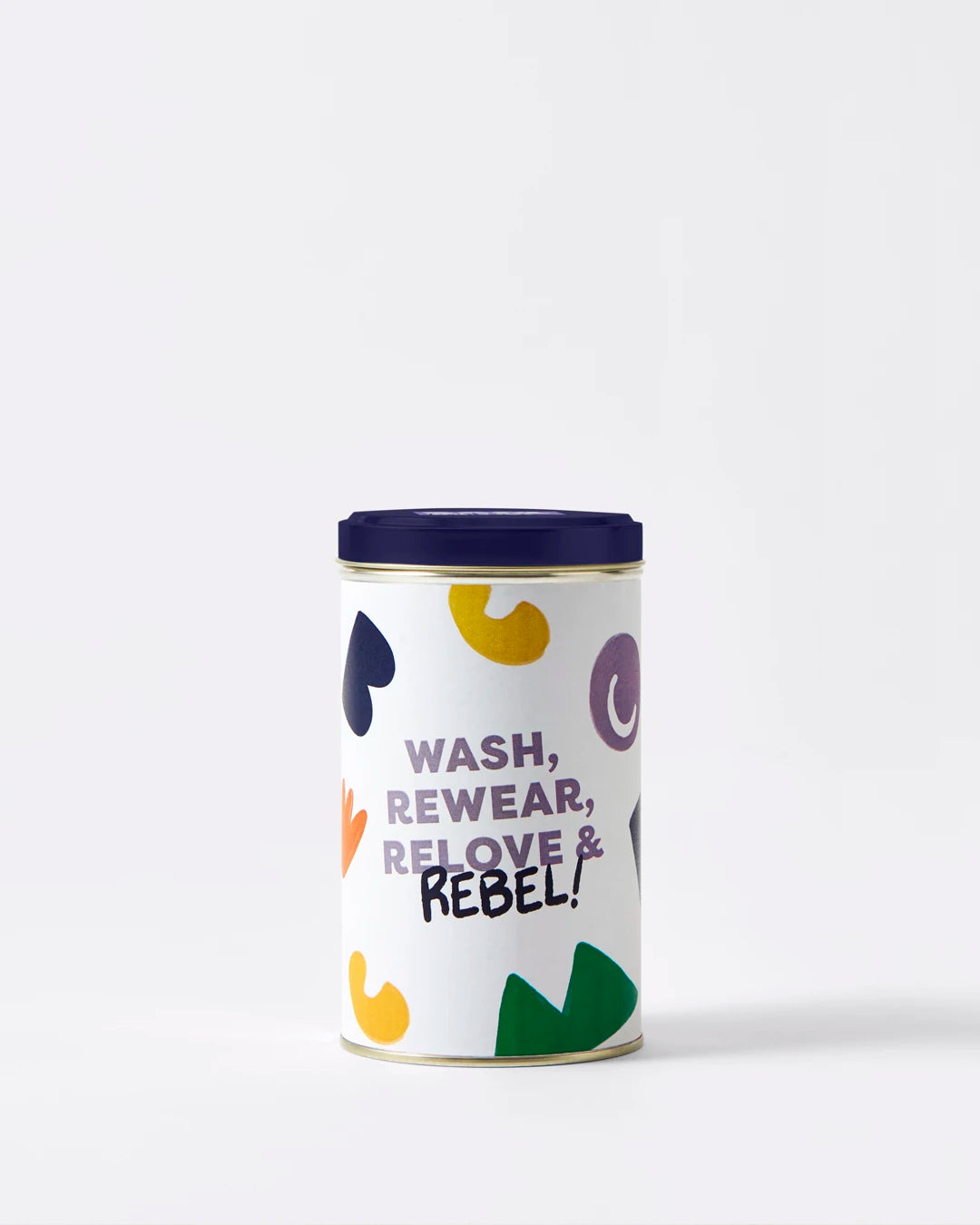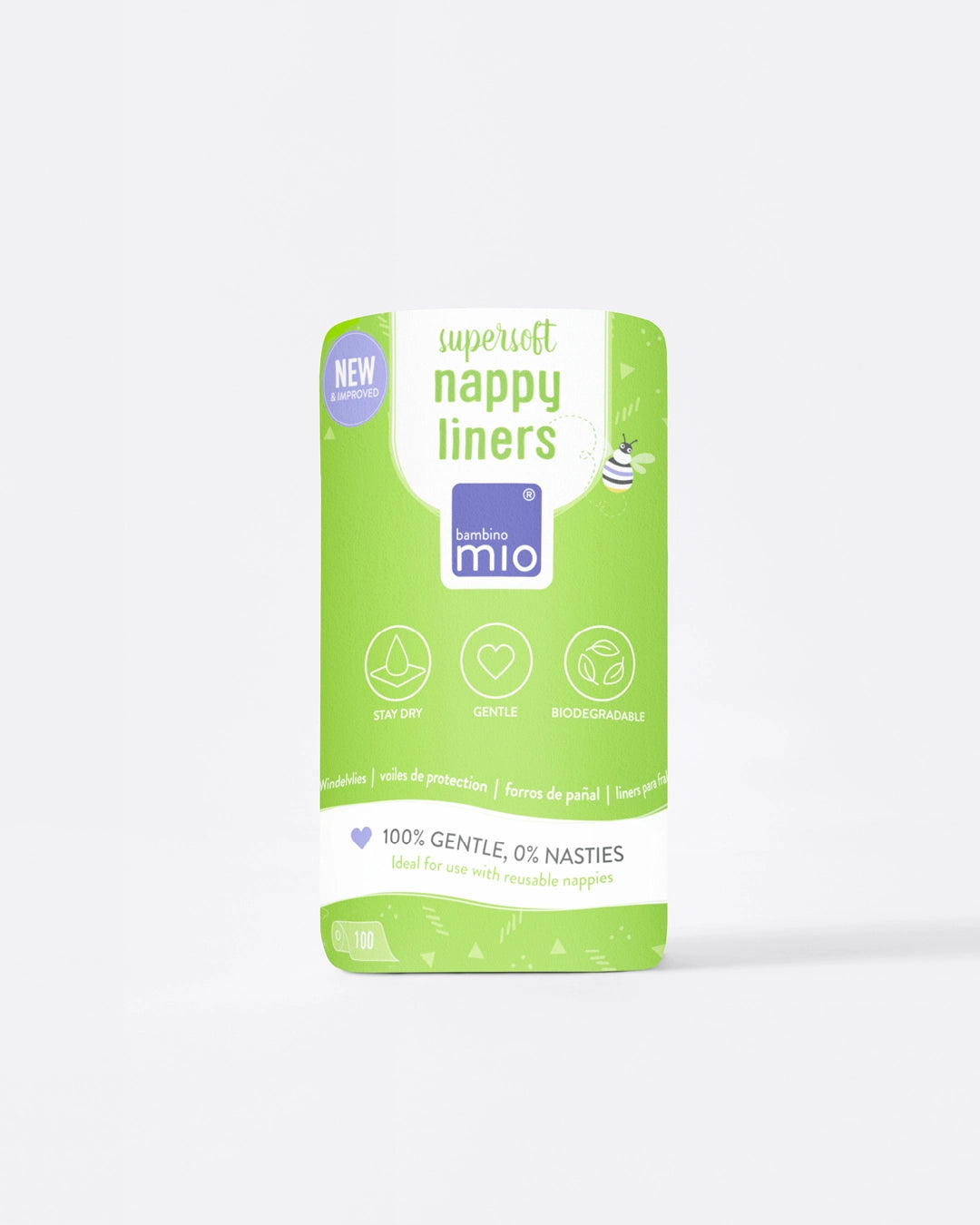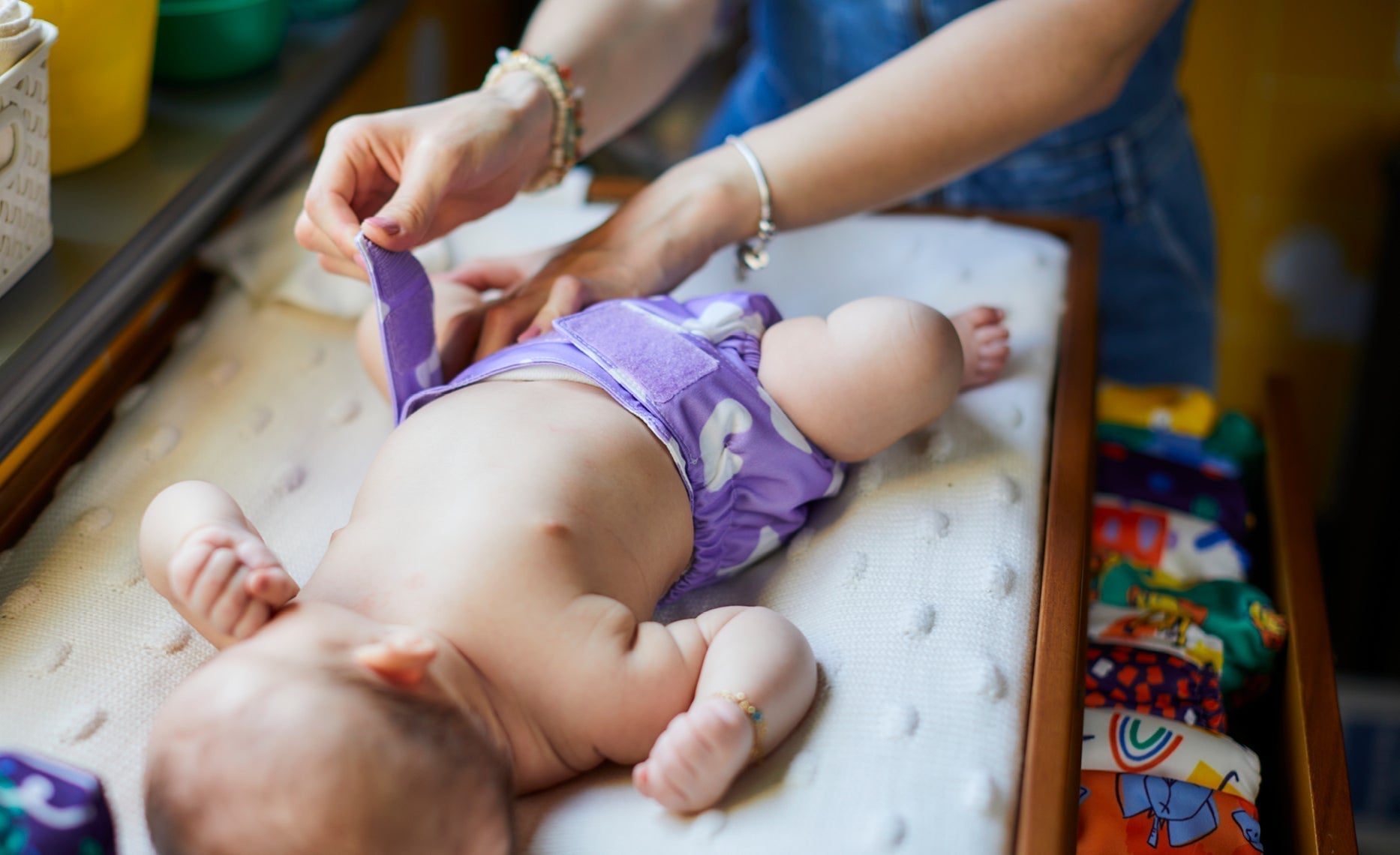The Cost of Children’s Clothing in 2023
Share Options
- Bambino Mio
- 04 / 09 / 2023

Inside this Article:
- Find out how much more you’re spending on children’s clothes in 2023
- UK families are struggling with the cost of school uniforms
- Some people wear garments just 10 times before discarding them
- Charity shops and swap events can help families with the rising costs of clothing
- The “Make do and Mend” mentality is coming back to the UK
- Nappy libraries ensure reusables don’t end up in landfill
- Citations and References
The UK’s cost of living crisis hasn’t just affected what British households put into their grocery baskets, it’s also affecting what they can wear.
In June 2023, the cost of clothes in the UK had risen by an average of 7.2% (1) in the year since June 2022. This rise affects parents in particular as children need new clothes and shoes regularly as they grow out of them so rapidly.
Find out how much more you’re spending on children’s clothes in 2023
The Office of National Statistics (ONS) has a price comparison tool (2) which allows you to see how the prices of 450 commonly-bought items have risen in the last 12 months.
This tool compares the current prices of household essentials such as washing up liquid and staple foods such as bread with their prices 12 months previously.
Using this tool shows that the average cost of children’s sports trainers has risen by 18%, from £29.04 in June 2022 to £34.24 in June 2023. School trousers have risen in price by 9% over the same period, from an average of £9.95 to £10.85 and the cost for boys' jeans is up 6% from £11.96 to £12.63.
UK families are struggling with the cost of school uniforms
According to research by The Children’s Society (3), some British families will have to pay average prices of £422 per year for one child’s secondary school uniform and £287 for a primary school uniform.
There is government support available to help with the cost of school uniforms (4), but many charities and welfare organisations think that a change of mindset will help British families to cope with the increase in clothing costs.
Some people wear garments just 10 times before discarding them
According to charity retailer TRAID, British consumers throw away items of clothing after wearing them an average of just 10 times (5). One third of Londoners, the charity found, buy new clothes every six months and one quarter of the average Londoner’s wardrobe goes unworn.
Not only does this habit of discarding clothes contribute to landfill at a rate of 10,000 items every five minutes (6), but it also deprives other people of second-hand clothing which could help them to save money.
A host of high street retailers have launched pre-loved campaigns aimed to get people to donate used clothing rather than throwing them away in return for a discount on new clothing. M&S Spencers Shwopping Scheme, for example, has seen the retailer partner with Charity Oxfam. So it’s win-win-win! Your clothes aren’t sent to landfill, Oxfam gets to raise vital funds and you get money off your next purchase.
Charity shops and swap events can help families with the rising costs of clothing
One way to get rid of outgrown children’s clothes and to find new ones in the right size is to attend clothes swaps. Many schools run these events at least once a year, or you can find a local clothes swap here.
The UK’s charity shops can be a source of reasonably-priced, good-quality clothing for children and adults alike, as well as a place to find toys, books and board games. Many towns across the UK have a charity shop that takes in donations of the local schools’ uniforms. If there’s one near you, this could help you to reduce the cost of sending the children back to school each September.
The “Make do and Mend” mentality is coming back to the UK
The famous World War Two frugality campaign (7) is making a comeback, with British people deciding to repair their clothes rather than just bin them. Large UK retailers like John Lewis and Hobbycraft have seen an uptick in the sales of sewing equipment such as thimbles, measuring tapes and thread in the last year.
Nappy libraries ensure reusables don’t end up in landfill
If your children have outgrown their reusable nappies, you can pass them on to a friend or family member, or donate them to a local nappy library. Many nappy libraries accept donations of reusable nappies and there are also lots of online groups that can help you ensure your nappies are reloved again and again.
Citations and References
(1) Office for National Statistics (ONS). ‘Consumer price inflation, UK: June 2023.’ 2023. Web. www.ons.gov.uk/economy/inflationandpriceindices/bulletins/consumerpriceinflation/june2023
(2) Office for National Statistics (ONS). ‘Shopping Prices Comparison Tool.’ 2023. Web. www.ons.gov.uk/economy/inflationandpriceindices/articles/shoppingpricescomparisontool/2023-05-03
(3) The Children’s Society. ‘Cut the Cost of School Uniforms in Ealing.’ 2023. Web. www.childrenssociety.org.uk/what-we-do/our-campaigns/cut-the-cost-school-uniforms/ealing
(4) UK Government (GOV.UK). ‘School Uniform: How Much Does it Cost and What Financial Support is Available.’ 2023. Web. educationhub.blog.gov.uk/2023/07/24/school-uniform-how-much-does-it-cost-and-what-financial-support-is-available
(5) Traid. ‘The Impacts of Clothing Fact Sheets.’ Web. traid.org.uk/wp-content/uploads/2018/09/impacts_of_clothing_factsheet_23percent.pdf
(6) Keep Britain Tidy. Waste Less, Live More: The Slow-Down on Fast Fashion.’ Web. www.keepbritaintidy.org/news/waste-less-live-more-slow-down-fast-fashion
(7) iNews. ‘Cost of Living Crisis: The Rise of ‘Make Do and Mend’, With Britons Darning Socks and Dyeing Clothes.’ 2023. Web.






